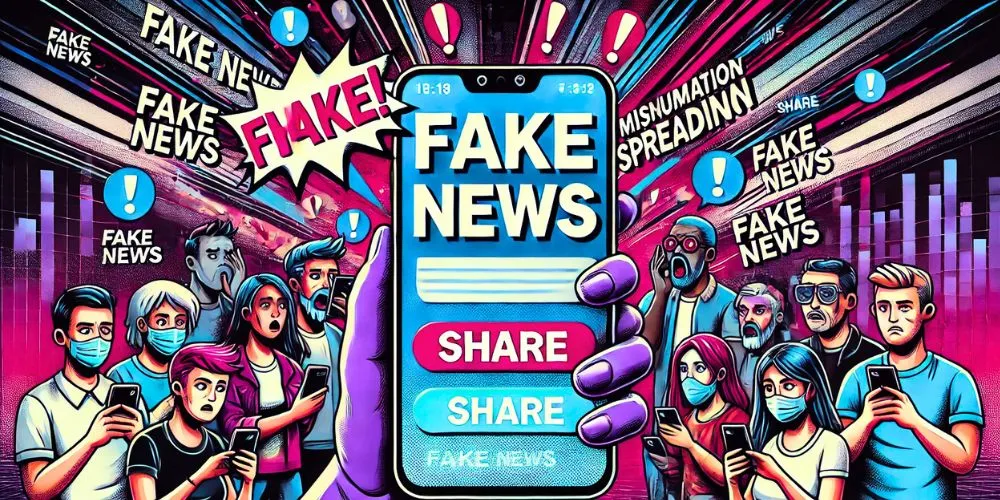In the information age, the proliferation of misinformation campaigns has become a pervasive challenge with far-reaching consequences. This article delves into the intricate world of misinformation campaigns, exploring their tactics, impacts, and the urgent need for vigilance in the digital landscape.
Misinformation Campaigns Facts
Understanding the foundational facts of misinformation campaigns is essential for recognizing their dynamics and impact:
- Definition and Intent: Misinformation campaigns involve deliberately spreading false or misleading knowledge to manipulate public opinion, influence decision-making, or sway discord. The intent is often political, ideological, or aimed at achieving specific objectives.
- Social Media Amplification: Social media platforms provide fertile ground for misinformation campaigns. False narratives can spread rapidly through shares, retweets, and likes, reaching a wide audience and creating an illusion of credibility.
- Deepfakes and Manipulated Content: Advancements in technology have given rise to manipulated content, including deepfakes—realistic audio and video fabrications. It leverages such content to deceive and manipulate public perceptions.
- Psychological Tactics: It often employs psychological tactics, such as exploiting cognitive biases, to make false information more convincing and appealing. Emotional appeals, sensationalism, and tribalism play key roles in amplifying the impact.
Misinformation Campaigns Views
Examining various perspectives on misinformation campaigns provides insight into the challenges and potential countermeasures:
- Impact on Democracy: Critics highlight the severe impact of misinformation campaigns on democratic processes. By influencing public opinion, these campaigns can undermine trust in institutions, distort electoral processes, and erode the foundations of democracy.
- Role of Social Media Platforms: The role of social media platforms in facilitating the spread of misinformation is a subject of debate. While these platforms provide avenues for free expression, they are also scrutinized for enabling the rapid dissemination of false information.
- Media Literacy and Education: Advocates emphasize the importance of media literacy and education in combating misinformation. By empowering individuals to evaluate information sources and discern credible content critically, society can become more resilient to its effects.
- Regulatory Responses: Governments and tech companies are under increasing pressure to implement regulatory measures to curb misinformation. Striking a balance between preserving freedom of expression and preventing the malicious spread of false information is a complex challenge.
Conclusion
Misinformation campaigns represent a formidable challenge in the digital era, requiring a multifaceted response. As technology evolves, so do the tactics of those seeking to manipulate information for their gain. Vigilance, media literacy, and responsible use of technology are paramount in the fight against misinformation. By fostering a culture of crucial thinking and holding individuals and platforms accountable, we can strive to preserve the integrity of information in the digital age. The collective effort to counter misinformation is not just a matter of information security but a crucial step in safeguarding the foundations of informed democratic societies.










